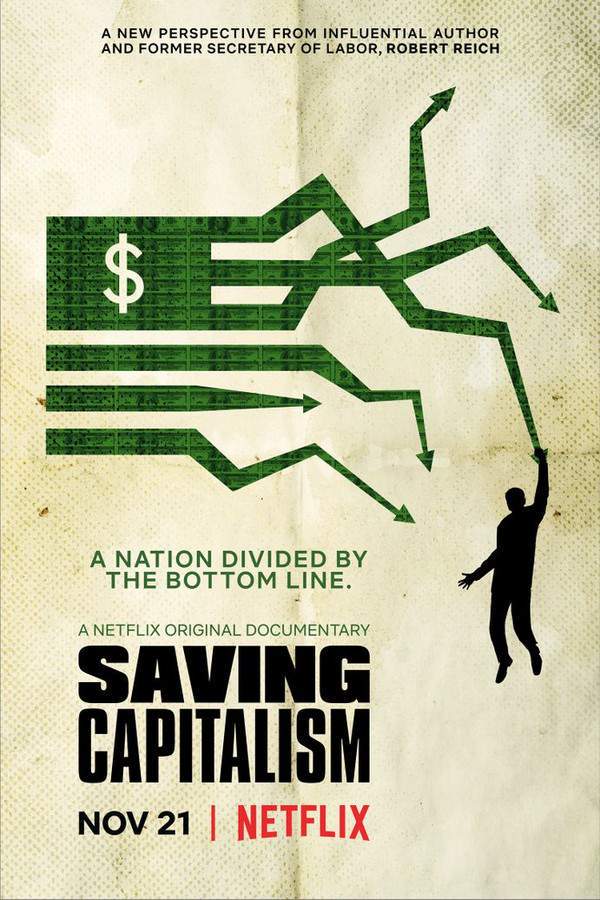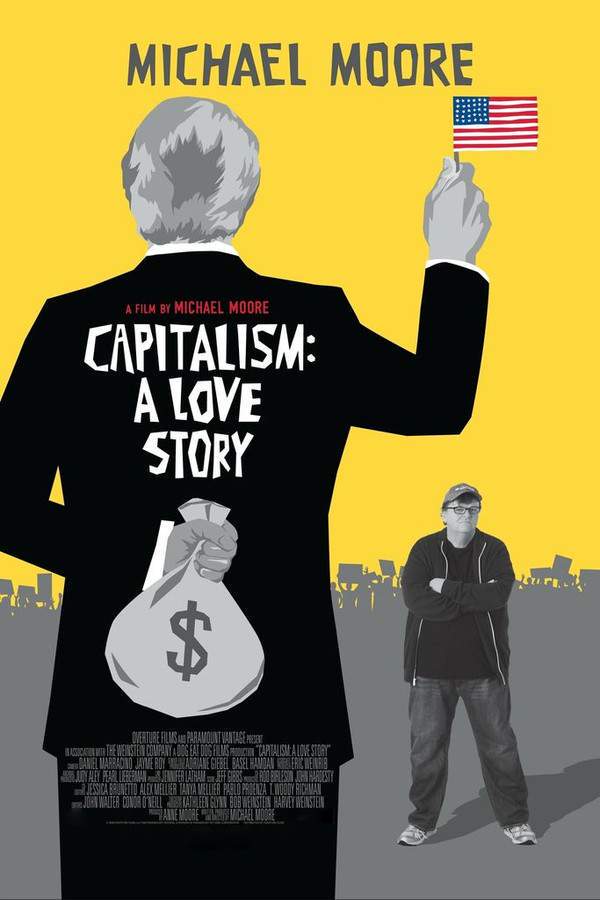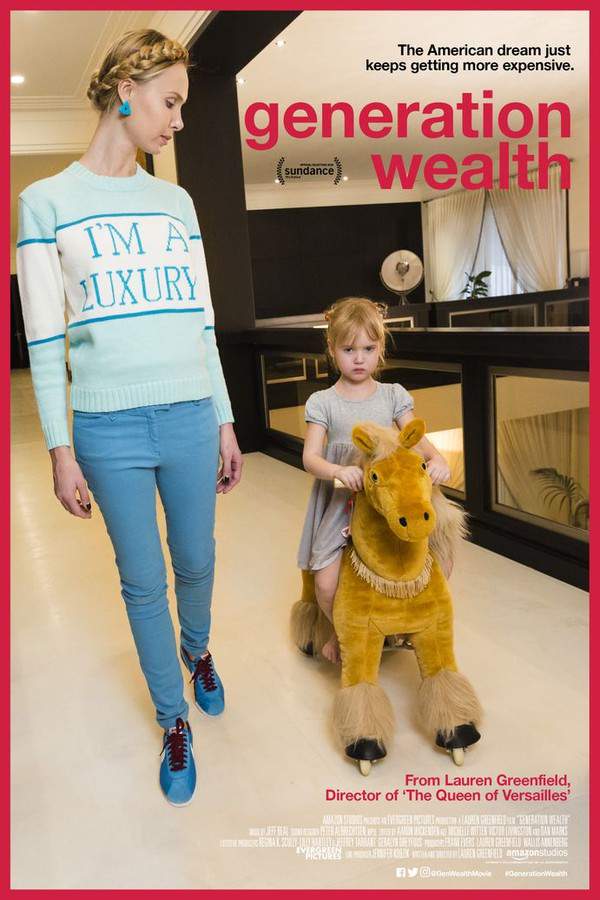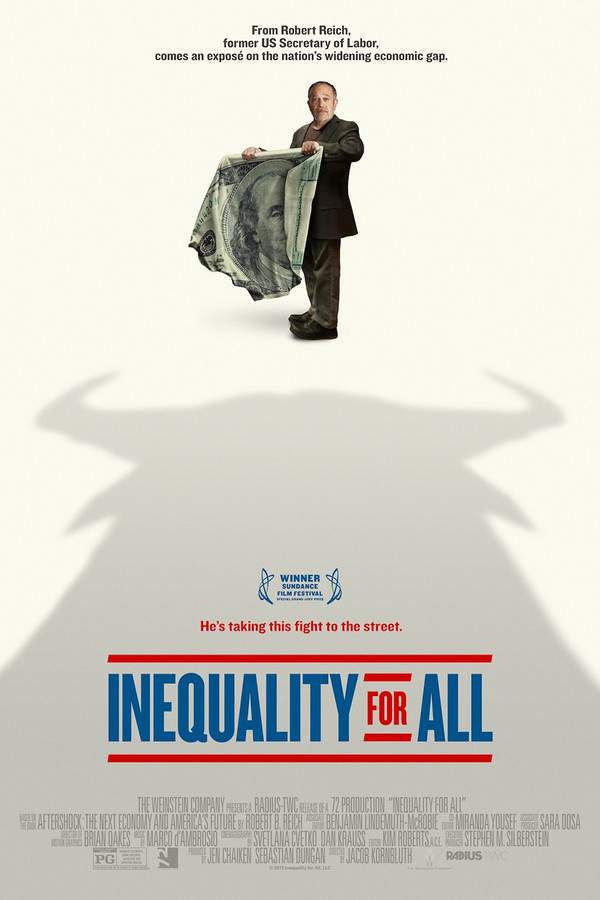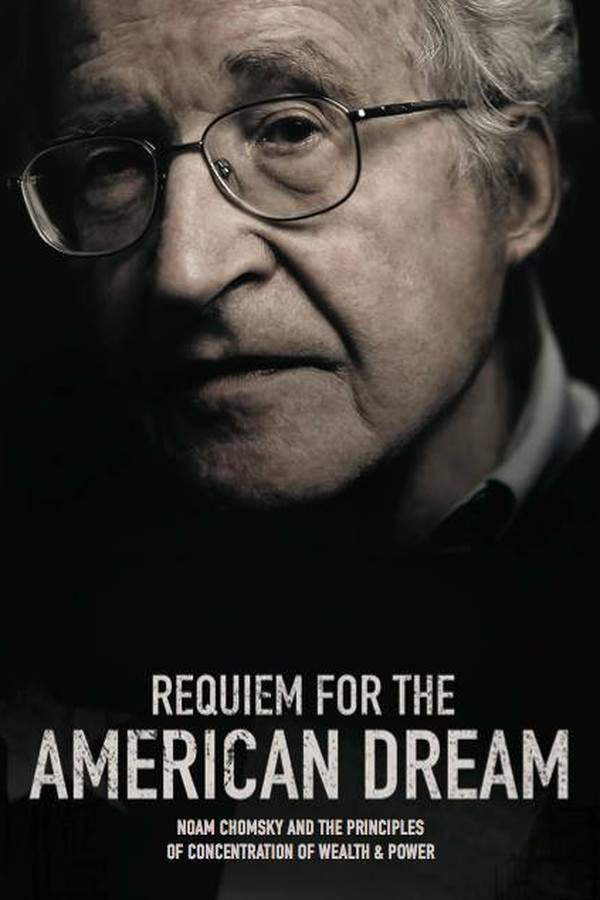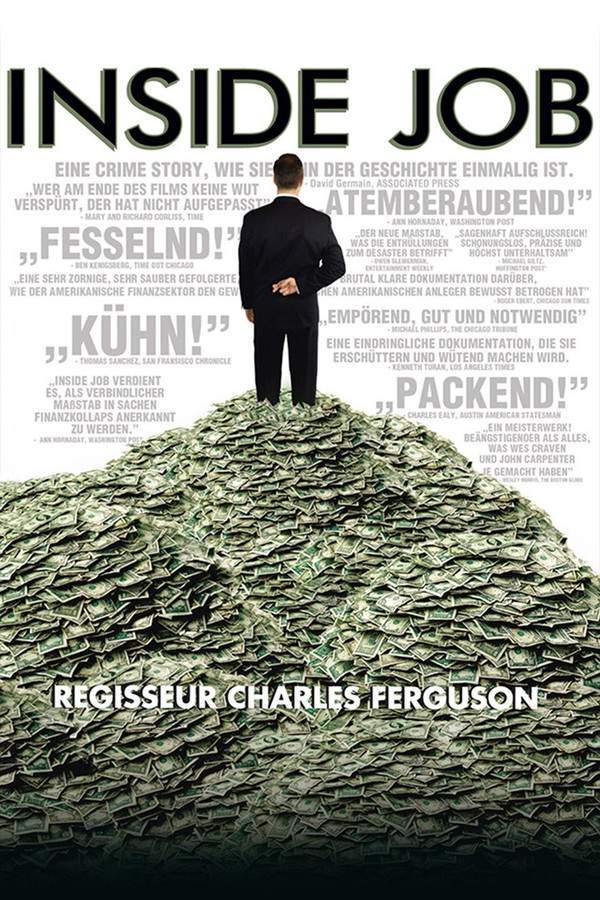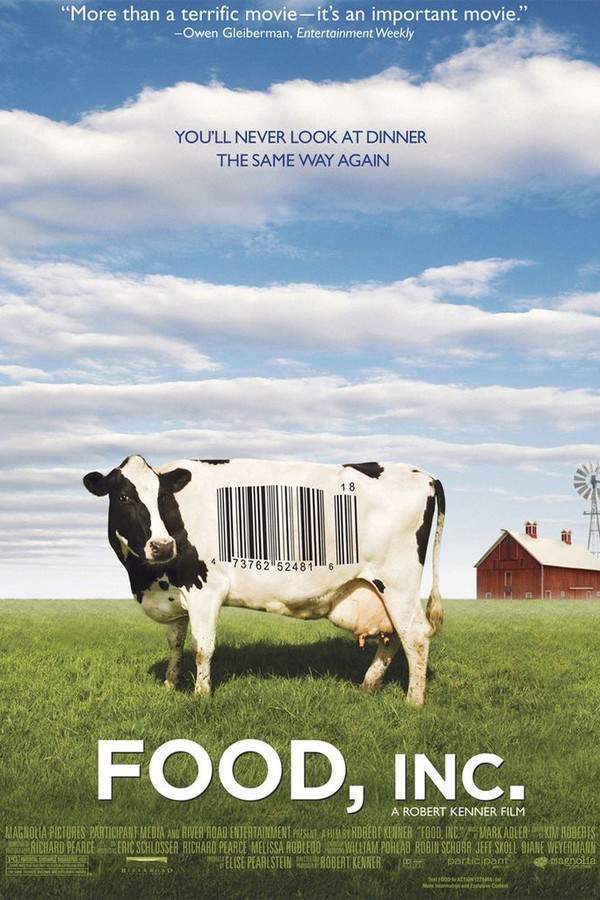Capital in the Twenty-First Century 2020
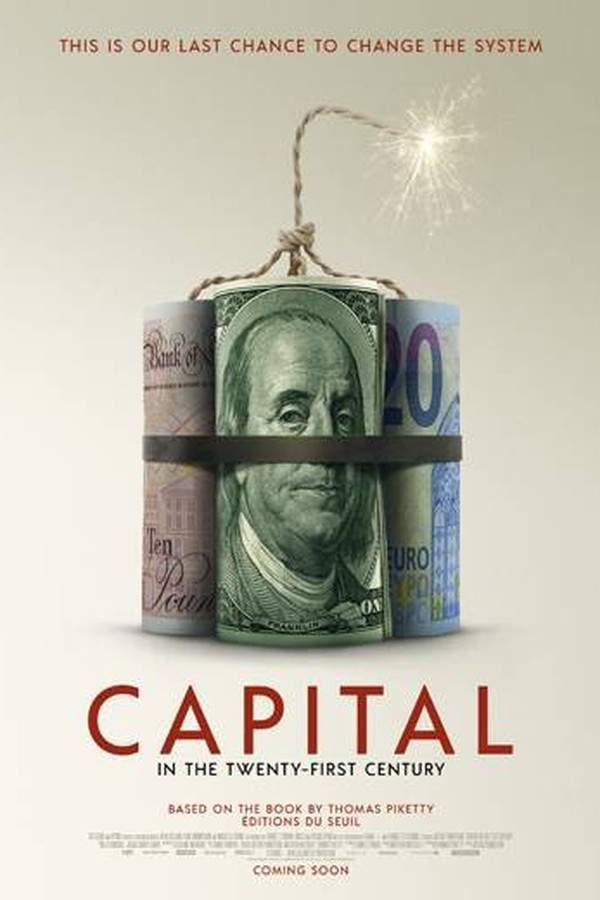
This documentary explores themes of wealth, power, and social progress through the lens of Thomas Piketty's influential book. It examines the historical trends contributing to rising inequality and their potential consequences for society. Combining historical analysis with contemporary perspectives, the film challenges established beliefs and offers insights into the forces shaping our world, aiming to foster a more equitable future.
Does Capital in the Twenty-First Century have end credit scenes?
No!
Capital in the Twenty-First Century does not have end credit scenes. You can leave when the credits roll.
Meet the Full Cast and Actors of Capital in the Twenty-First Century
Explore the complete cast of Capital in the Twenty-First Century, including both lead and supporting actors. Learn who plays each character, discover their past roles and achievements, and find out what makes this ensemble cast stand out in the world of film and television.

Bryce Edwards
Self - Political Scientist

Faisa Shaheen

Faiza Shaheen
Self - Director of Labor and Social Research Center

Francis Fukuyama
Self - Political Scientist

Gabriel Zucman

Gillian Tett
Self - U.S. Managing Editor, The Financial Times

Ian Bremmer
Self - President and Founder, Eurasia Group

Joseph Stiglitz
Self - Professor of Economics, Columbia University

Kate Williams
Self - Professor of History, University of Reading

Lucas Chancel
Self - Co-Director of World Disparity Research Institute

Paul Mason
Self - British Journalist

Paul Piff

Rana Foroohar

Simon Johnson

Suresh Naidu
External Links and Streaming Options
Discover where to watch Capital in the Twenty-First Century online, including streaming platforms, rental options, and official sources. Compare reviews, ratings, and in-depth movie information across sites like IMDb, TMDb, Rotten Tomatoes or Metacritic.
Ratings and Reviews for Capital in the Twenty-First Century
See how Capital in the Twenty-First Century is rated across major platforms like IMDb, Metacritic, and TMDb. Compare audience scores and critic reviews to understand where Capital in the Twenty-First Century stands among top-rated movies in its genre.

The Movie Echo Score
The documentary excels at distilling complex economic history into a visually engaging narrative but occasionally relies on stylistic flourishes that undercut depth. It delivers a comprehensive survey spanning four centuries, offering clarity and impactful data visualization, yet some sequences feel reductive and overly brisk. Reviewers highlight its ability to provoke thought despite an uneven medium. In sum, the film strikes a balance between informative urgency and stylistic excess.
The Movie Echo Score Breakdown for Capital in the Twenty-First Century

Art & Craft
In terms of direction and cinematography, the film presents a sleek visual tour of economic history punctuated by dynamic editing. Critics note its polished integration of pop-culture montages and animated charts, though some feel the music-video pacing occasionally distracts. The production design reinforces thematic cohesion, but heavy stylization can overshadow nuance. Overall, the art direction is engaging yet occasionally overwrought.

Character & Emotion
When it comes to character depth and emotional resonance, the documentary maintains a largely impersonal tone. Observers describe the narrative as hypnotically stark, emphasizing economic data over personal stories, which limits emotional engagement. The lack of human profiling translates to a subdued affect throughout, despite moments of solemn reflection. Consequently, the emotional dimension feels subdued and largely informative rather than affecting.

Story & Flow
In terms of plot coherence and flow, the film offers a clear chronology of wealth distribution spanning centuries. The narrative structure is consistently legible and at times provocative, earning remarks for its “Whoa!” moments. However, the brisk pacing and reductive condensation of complex theories draw criticism for glossing over nuance. Overall, the story is coherent and informative but occasionally too cursory.

Sensory Experience
When considering sensory experience, the documentary combines a driving contemporary soundtrack with rapid visual montages. Reviewers point to the effective use of animated illustrations and pop cues, even as some feel the soundtrack’s prominence overshadows explanatory segments. The sound design enhances urgency, and the visual style maintains thematic unity. Ultimately, the sensory elements are stimulating but sometimes overpower the material.

Rewatch Factor
Regarding rewatch factor, the film’s abundance of data visualization and clear narrative offers educational value on repeat viewings. Several reviewers foresee its utility in academic settings, noting that subsequent viewings reinforce key historical patterns. However, the documentary’s stylistic excess and lack of deeper complexity may diminish subsequent enjoyment for some. In essence, the rewatch appeal is moderate, driven by informational clarity.

70
Metascore
5.4
User Score


93%
TOMATOMETER

70%
User Score

7.3 /10
IMDb Rating
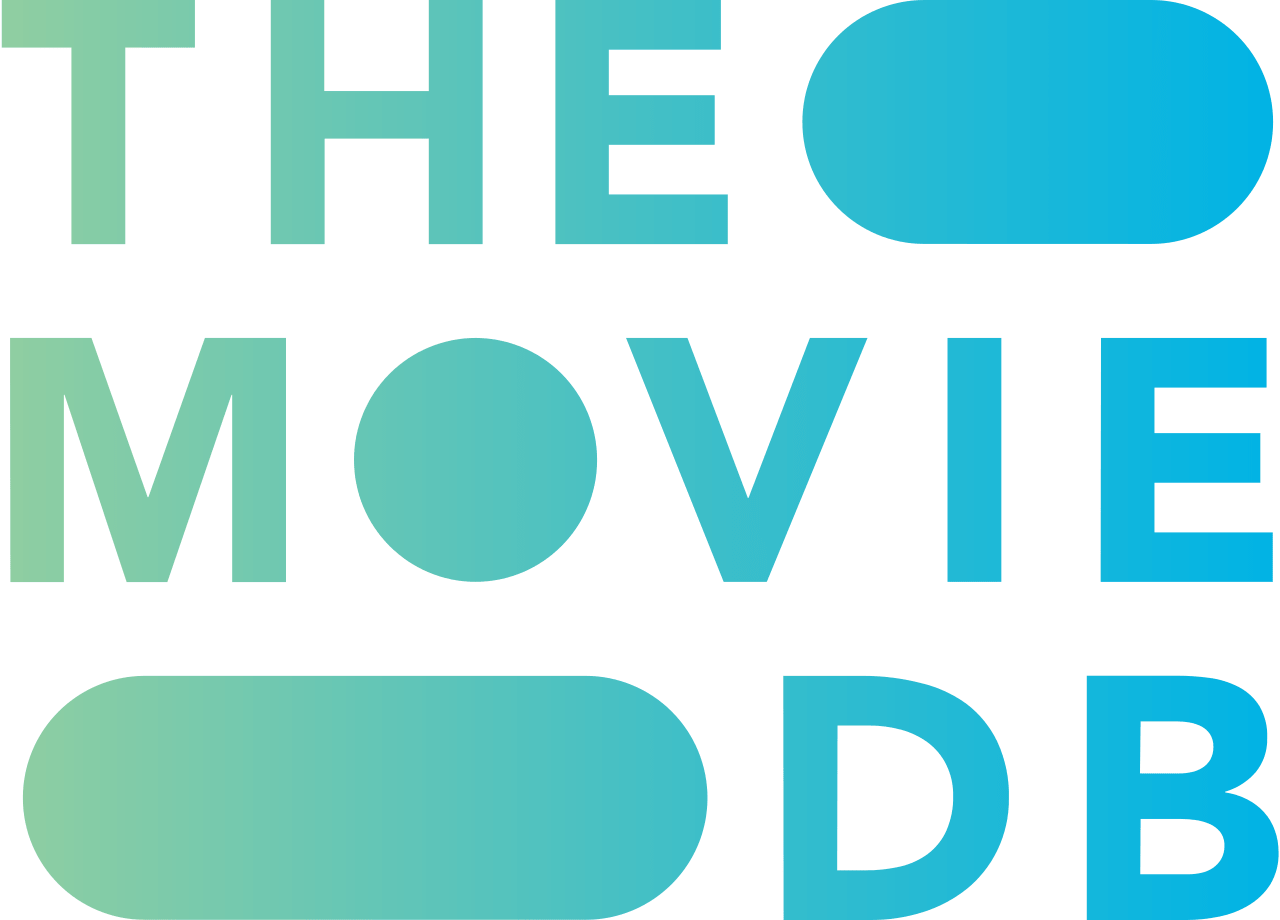
65
%
User Score

3.4
From 1 fan rating
Watch Trailers, Clips & Behind-the-Scenes for Capital in the Twenty-First Century
Watch official trailers, exclusive clips, cast interviews, and behind-the-scenes footage from Capital in the Twenty-First Century. Dive deeper into the making of the film, its standout moments, and key production insights.
Movie Themes and Keywords
Discover the central themes, ideas, and keywords that define the movie’s story, tone, and message. Analyze the film’s deeper meanings, genre influences, and recurring concepts.
Similar Movies You Should Know About
Browse a curated list of movies similar in genre, tone, characters, or story structure. Discover new titles like the one you're watching, perfect for fans of related plots, vibes, or cinematic styles.
Quick Links: Summary, Cast, Ratings, More

What's After the Movie?
Not sure whether to stay after the credits? Find out!
Explore Our Movie Platform
New Movie Releases (2025)
Famous Movie Actors
Top Film Production Studios
Movie Plot Summaries & Endings
Major Movie Awards & Winners
Best Concert Films & Music Documentaries
© 2025 What's After the Movie. All rights reserved.












